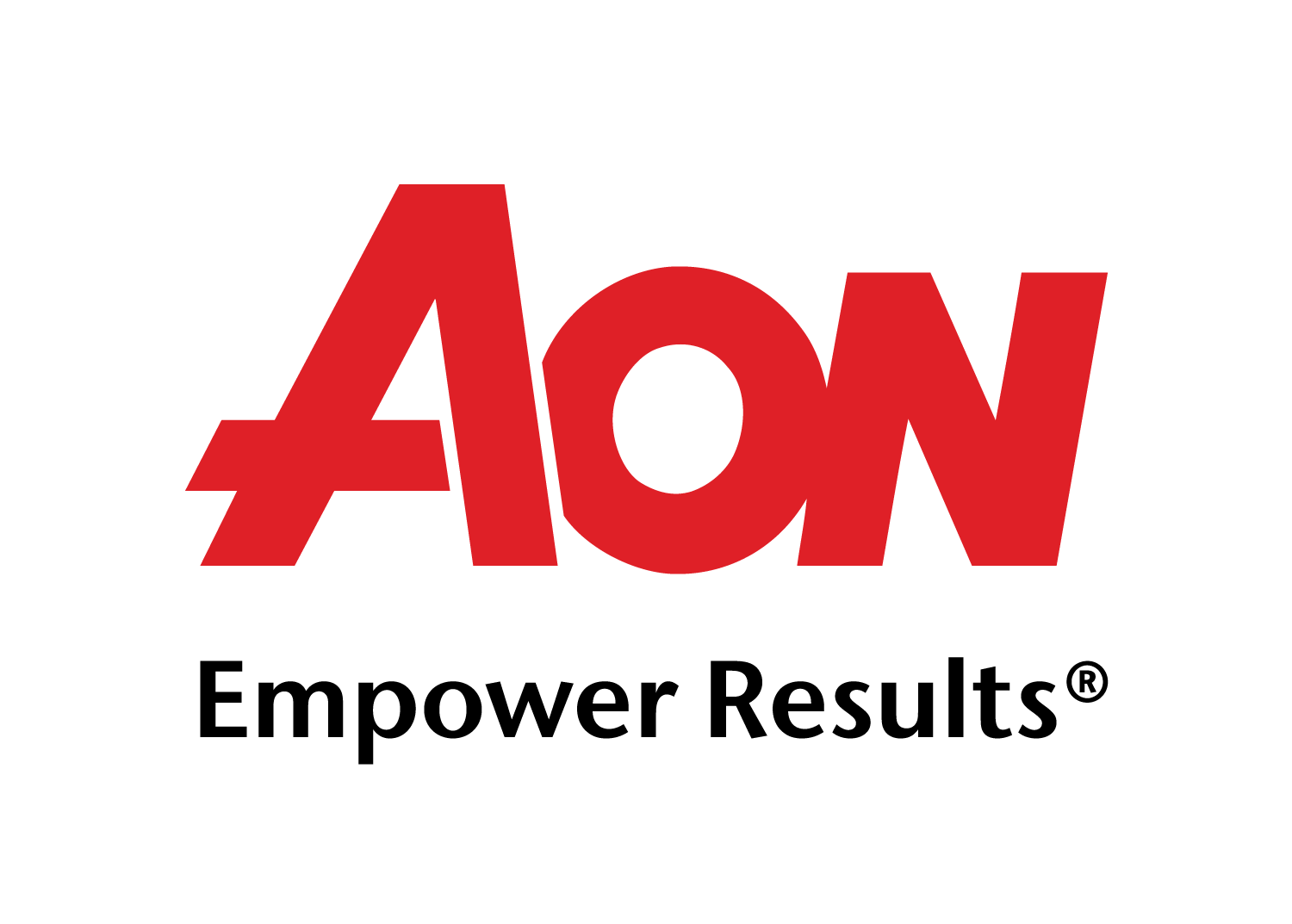The Aon Risk Maps 2017 addresses Political Risk and Terrorism and Political Violence Risk in a combined launch. The Maps aim to highlight those risks facing our clients globally, helping them to manage these unique exposures.
Key findings this year include:
- Uncertainty surrounding increasingly protectionist trade policies raises concerns over their potential impact on exports from Asia as well as intra-Asian trade in 2017
- Singapore’s terrorism and political violence risk level has been raised from ‘negligible’ to 'low’ in light of recent arrests of purported extremists in the country, and the Indonesian authorities reported disruption of a terrorist plot to attack the island in 2016
- The terrorism and political violence risk level is likely to remain ‘high’ in the Philippines during 2017, with the Islamic State promoting the country as a regional hub for militants not able to travel to Syria or Iraq. Malaysia’s overall score has been raised to ‘medium’
- Oil and gas companies were the target of 41 percent of terrorist attacks on commercial interests
- Businesses are facing growing exposure to political violence risks worldwide. For the second successive year, more country risk ratings were increased (19) than decreased (11)
Our dedicated website provides you with access to our free online portal that houses both the Political Risk and Terrorism & Political Violence maps, as well as the accompanying in-depth report on both risk areas. To access Aon’s Risk Maps, please click here: aon.com/riskmaps
More articles
13 Mar 2020
Cambodian Association of Hong Kong
